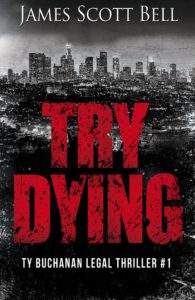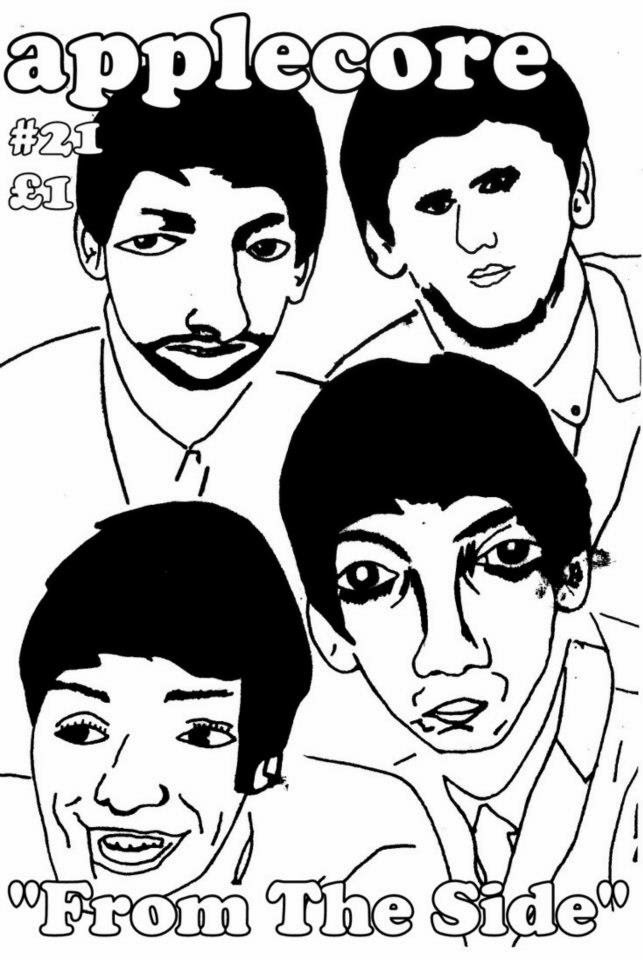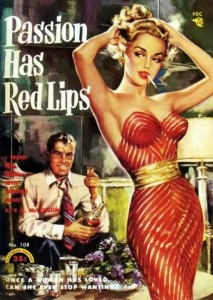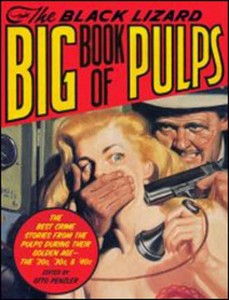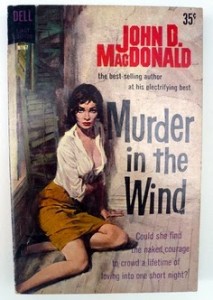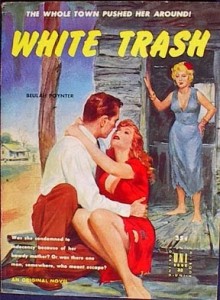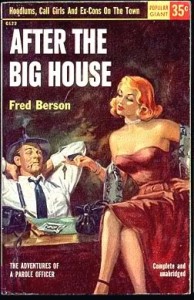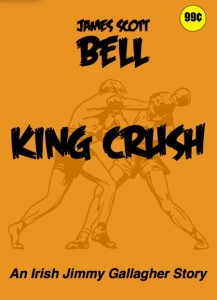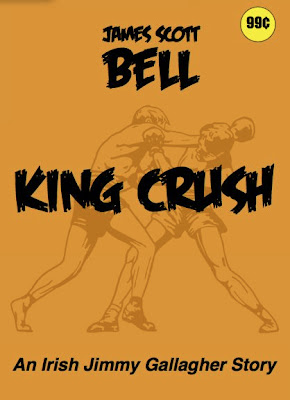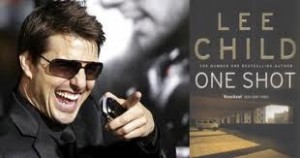by James Scott Bell
@jamesscottbell
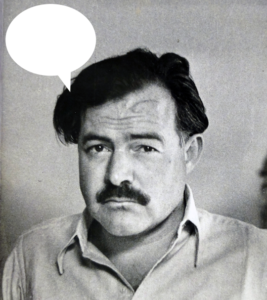 I had an amusing conversation the other day with another writer. She writes romance. I asked who some of her favorite authors are, and what they do that she likes.
I had an amusing conversation the other day with another writer. She writes romance. I asked who some of her favorite authors are, and what they do that she likes.
Then she asked me about thriller writers.
“Have you read any Lee Child?” I said.
She rolled her eyes and huffed.
“What?” I said.
“I tried. But he kept writing Reacher said nothing …. Reacher said nothing. I just couldn’t take it.”
I had to laugh. Reacher said nothing has become a Lee Child signature. While he certainly didn’t invent this form of attribution (Hemingway used it, as you’ll see below), Lee has turned it into a personal trope. I’m sure he puts it in with a bit of a wink and a smile.
In fact, the phrase is now so familiar that the recent book by Andy Martin chronicling Lee’s writing of Make Me is titled Reacher Said Nothing. In the book Lee explains that Reacher “often says nothing. He shouldn’t have to be wisecracking all the time. He’s not into witty  repartee. He’s supposed to do things.”
repartee. He’s supposed to do things.”
Nothing wrong with that. And though I personally love witty repartee, there are times when a character should stay silent.
How do we do that effectively? X said nothing is an option. I’ve certainly used it myself. But lately I’ve begun to consider other ways.
I often bring up Hemingway’s short story, “Soldier’s Home,” when discussing the telling detail. Krebs is a young man who has returned to his Midwestern home after serving overseas in World War I. Life can never be the same for him. He’s listless, doesn’t know what he’s going to do with himself. One morning as he’s eating breakfast his mother presses him to move on with his life. She even brings religion into the discussion.
“I’ve worried about you so much, Harold,” his mother went on. “I know the temptations you must have been exposed to. I know how weak men are. I know what your own dear grandfather, my own father, told us about the Civil War and I have prayed for you. I pray for you all day long, Harold.”
Krebs looked at the bacon fat hardening on his plate.
“Your father is worried, too,” his mother went on. “He thinks you have lost your ambition, that you haven’t got a definite aim in life. Charley Simmons, who is just your age, has a good job and is going to be married. The boys are all settling down; they’re all determined to get somewhere; you can see that boys like Charley Simmons are on their way to being really a credit to the community.”
Krebs said nothing.
Well there you go! Hemingway could have used Krebs said nothing both times, but I’ll tell you what: I’ve never forgotten that bacon fat hardening, and I first read the story way back in college. It is so stunningly evocative of Krebs’s inner life. Without it I don’t think the story would be the classic it is.
Let’s set up a sample exchange:
“So what about it?” Alex said.
“What about what?” Bill said.
“You mean to stand there and look me in the eye and pretend you don’t know what I’m talking about?”
Bill said nothing.
“You were there!” Alex said. “I saw you!”
Here, said nothing does its work and gets out of the way. Fine. But overuse may call attention to it, so let’s consider alternatives:
- The action beat
The character can do something rather than say something.
“So what about it?” Alex said.
“What about what?” Bill said.
“You mean to stand there and look me in the eye and pretend you don’t know what I’m talking about?”
Bill blinked a couple of times.
“You were there!” Alex said. “I saw you!”
- The thought beat
With a POV clearly established, a thought can be a substitute:
“So what about it?” Alex said.
“What about what?” Bill said.
“You mean to stand there and look me in the eye and pretend you don’t know what I’m talking about?”
Uh-oh. He knows.
“You were there!” Alex said. “I saw you!”
- The perception beat
Like Krebs, the character can notice something:
“So what about it?” Alex said.
“What about what?” Bill said.
“You mean to stand there and look me in the eye and pretend you don’t know what I’m talking about?”
Bill looked at the scuff marks on the floor.
“You were there!” Alex said. “I saw you!”
So when a character is going to be silent, don’t just default to said nothing. Use variety, which is the spice of life, fiction, and all-you-can-eat buffets.
So what do you think? Chime in. You’re not allowed to visit TKZ and say nothing!
***
Oh, and speaking of nothing, how about FREE? The ebook of TRY DYING, the first of my Ty Buchanan legal thrillers, is FREE at the Kindle store today and tomorrow.

